An Acronym You Can Actually Use
by Bill Canady in PGOS Influencers
August 29, 2023

We swim in an alphabet soup of acronyms. I don’t know about you, but I’m pretty tired of it. Most of them don’t mean much, and while they may save a writer the trouble of spelling out whole words, they often send a reader to Google in search of a meaning. So, I wouldn’t add a single teaspoonful to this very bland brew if I hadn’t come across an acronym you can actually use—and that you will want to use.
Besides, it’s easy to remember: BOOT.
BOOT, as in a boot to the backside, which is what the godfather of all productivity gurus and efficiency experts, Frederick Winslow Taylor (1856-1915), gave corporate America at the start of the twentieth century when he published his Principles of Scientific Management (1911). It is a productivity framework that boils itself down to the four actions essential to optimizing any task.
Optimize all the tasks in a process, and you optimize the process. Identify all the processes in a company, optimize each of them, and you optimize the company.
B Breakdown each task into its constituent micro-tasks (sub-tasks). Taylor was trained as a mechanical engineer. He looked at systems as machines and machines as an assembly of parts. Each part served a purpose. Each part worked with every other part. Each part was a candidate for improvement. Taylor knew that you could simply run a machine and get some idea of how well or how poorly it worked, but if you wanted to understand it on a truly meaningful level, you needed to examine it assembly by assembly and part by part. You cannot improve what you have not observed. Most people are not mechanical engineers. For them, just about everything a machine does is invisible inside the machine. Since you cannot assess the invisible, you cannot improve it.
In the case of human productivity at work, you can see output, but you cannot see the work itself, certainly not at a granular level, because most of our thoughts and acts are pretty much automatic. By breaking tasks down to their constituent micro-tasks, however, you finally see the work itself.
O Observe each task and micro-task in action, taking care to measure the length (duration) of each. Taylor calculated that no one assembly-line task should take more than one minute. This was the average task length in Henry Ford’s original moving assembly line. Taylor used this as his standard against which to measure the performance of any repetitive task. For us, the more important point is to recognize the necessity of measuring the amount of time each task in any process consumes. Ultimately, the object is to find ways to compress the time, but before you get to this, the first step is to identify tasks or micro-tasks that clearly consume the most time. These should be prioritized for optimization. A process can be no more productive than its longest task.
O Optimize. Use your observations and measurements to identify what tasks and micro-tasks cry out for optimization. Then experiment with different approaches—different methods, different loads, different tools, different processes—to find the one and only one that is optimum. You may need to redesign a single task or an entire process to find this. The obvious way to speed up work is to reduce the number of steps involved; however, sometimes adding a step or even steps makes the overall process more efficient. Try and fail, then try again. Analyze both the failures and the successes. Businesspeople talk a lot about “best practices.” The word best is an adjective in the superlative degree. That means there can be no higher. So, for any given task, there can only be one best practice. And the only way to find that practice is to experiment with various practices.
T Train the team in the “best practice,” meaning the one approach that has been proved optimal. Here is where discipline counts. Individuals and teams like to do things their own way. Taylor’s science, however, identified “idiosyncrasy” as the enemy of productivity. In any group endeavor, such as a manufacturing process, especially at scale, on a moving assembly line, the idiosyncratic worker or team slows everything to its pace and therefore compromises productivity. Train the team in the one optimum approach, the one that has been proved experimentally using precise measurement. Train everyone to deploy and implement this one approach. Nothing should be developed independently from scratch at the urging of some gut feeling. A genuine best practice is meaningless unless it is universally adopted throughout the organization.
BOOT: Think about it. Then do it, micro-task by micro-task.
